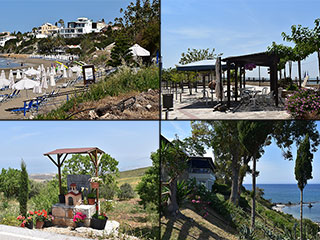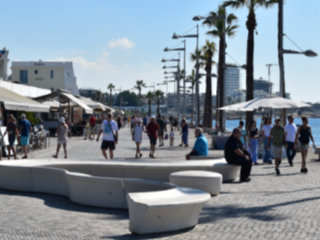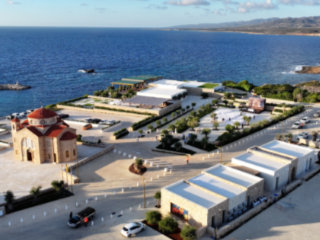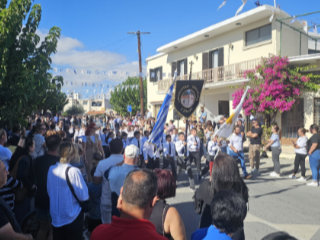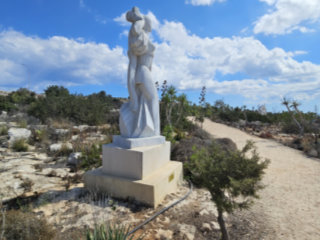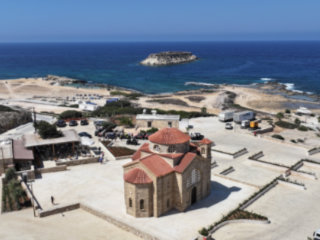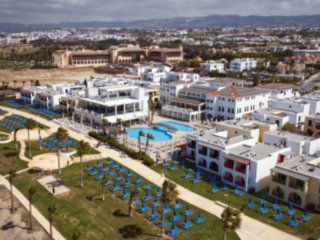From Toumpallos to Saranta Kolones
Go Down The Dromos
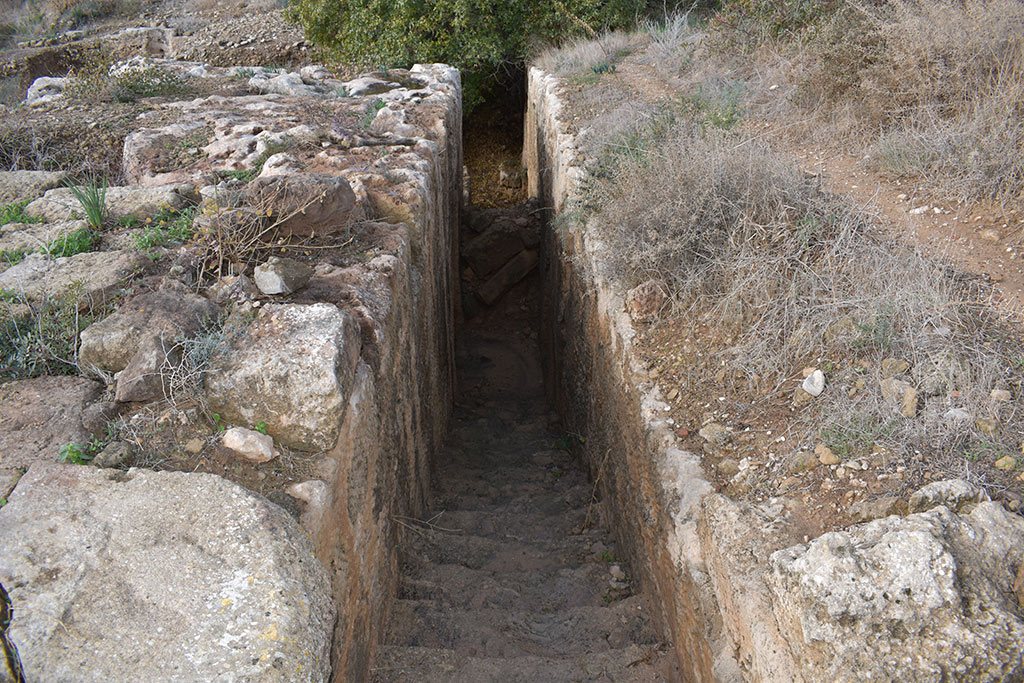
The subterranean rock-cut complex of the Apollo probable Sanctuary and military encampment Garrison's Camp
A large subterranean corridor with domed roof and open western side is found at "Toumballos", near the northermost end of the residential area of the city and very close to the northern cate of the defensive wall. It contains successive rock-cut chambers along the length of the eastern and northern walls. A rock-cut stepped dromos behind the northern side chambers leads to a lower subterranean space with similar chambers. Along the exposed western wall of the corridor remains of small rooms can be seen. The entire building comples falls within the end of the 4th century B.C, and possibly constituted a combination of a sanctuary with temporary military encampment.
[66]
"Dromos" means walkway.

Eyes Right
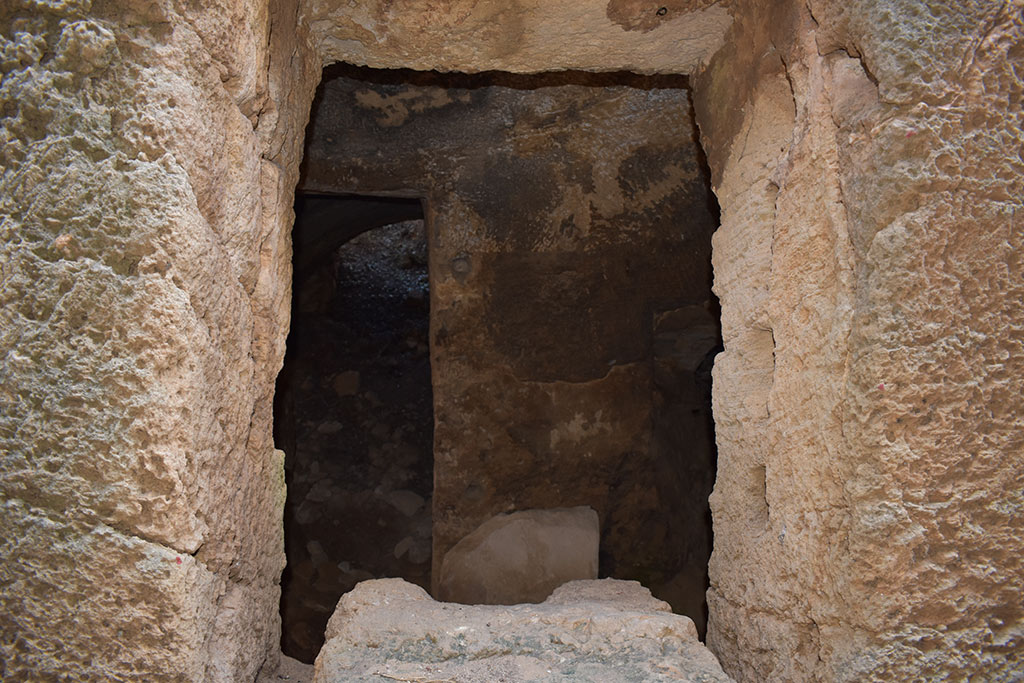
When you reach the bottom of the steps you have two choices. The entrance to the right is a bit awkward to get into, and I wouldn't bother unless you are determined to do a virtual tour of the entire park that covers everything. The rest of you can just poke your head in here to get an idea of what is there.
You can actually get through to the Basilica if you crawl through there and turn left, so perhaps this is what they meant by the crypt?
Eyes Left
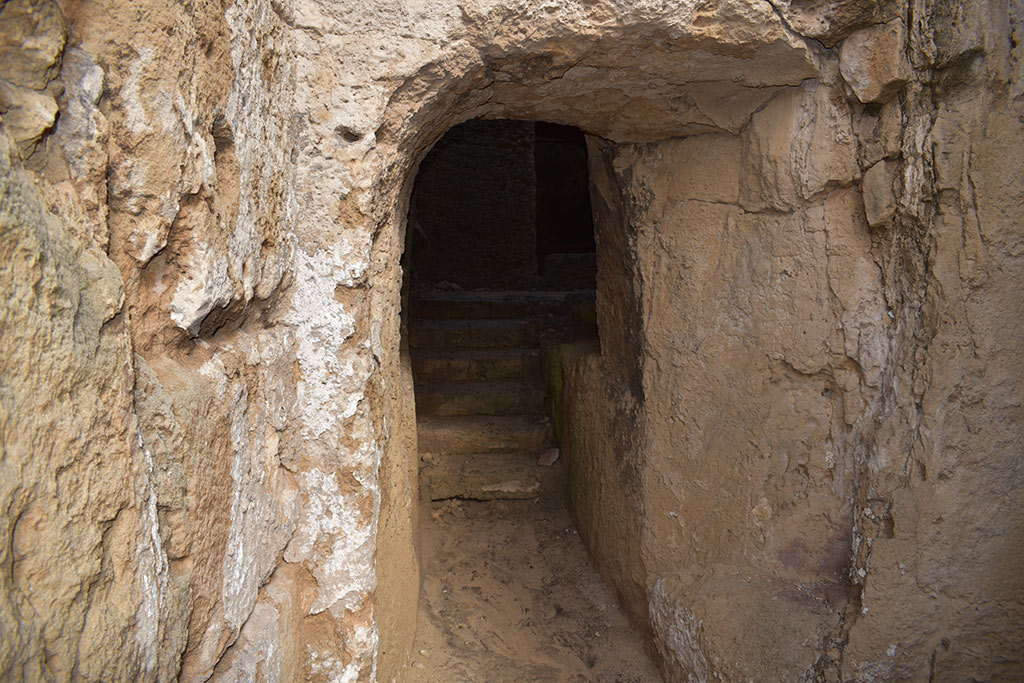
If you turn left it is a different story. Walk down the corridor, and keep to the main path. You may have to duck as the ancient Greeks were a bit shorter than their modern counterparts.
Lower Chambers
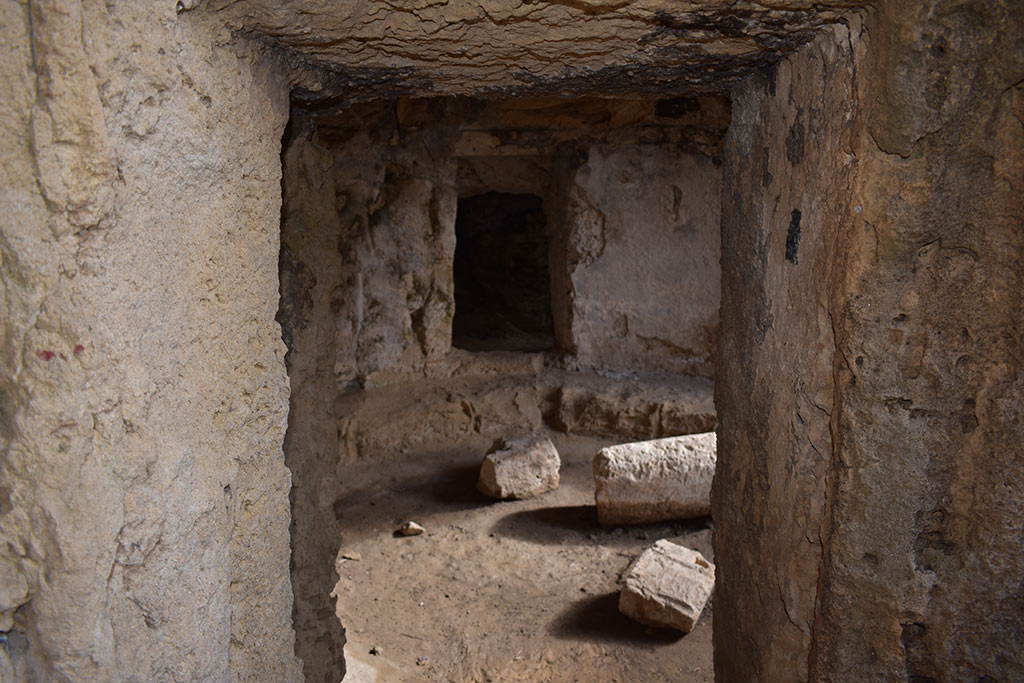
After a short, twisty corridor you emerge into some larger chambers. I had to shelter here on one visit because it was raining so much. If you are reading this in summer you will find it hard to imagine, but Cyprus does get a fair amount of rain in the winter. Still, it gives the outdoor mosaics a wash, and provides puddles for some nice reflection shots, so I mustn't grumble.
Centre Court
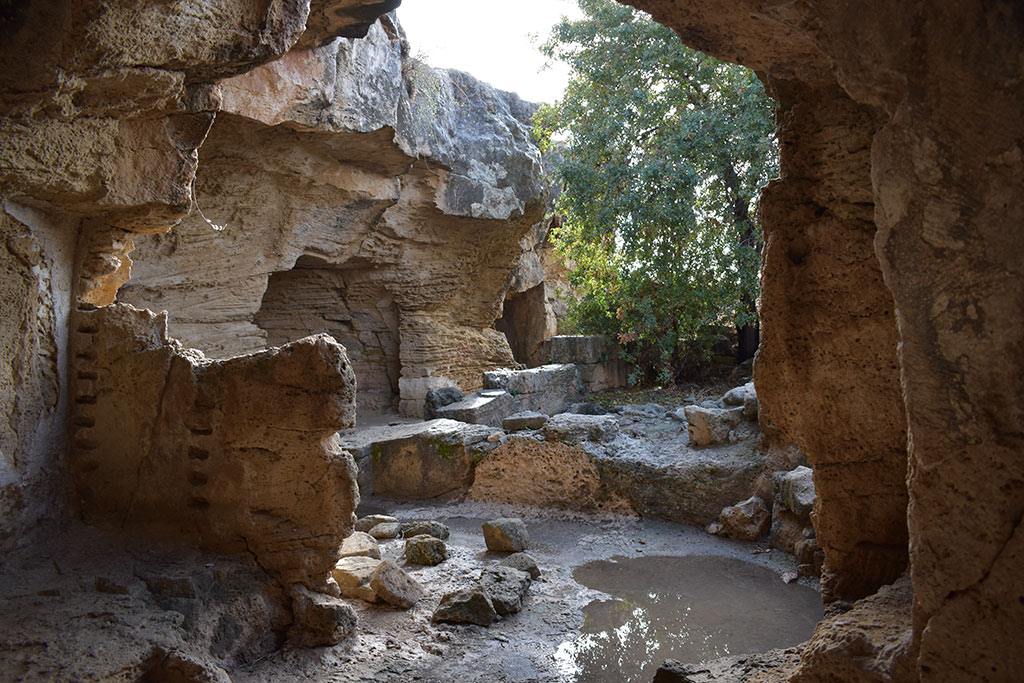
What are those markings on the wall to the left? They look like the kind of height adjusters you get in book cases. How long has Ikea been in Cyprus?
Page 2 of 10


Related Blogs:
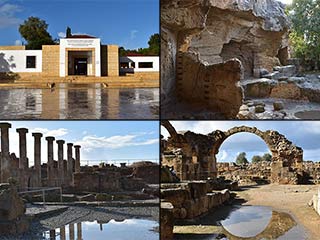
Paphos Archaeological Park - Summary
We first blogged about the Archaeological Park a couple of years ago. It was a short blog, and focused mainly on the pretty spring flowers. Now we are returning, to give the rest of the park the attention it so richly deserves.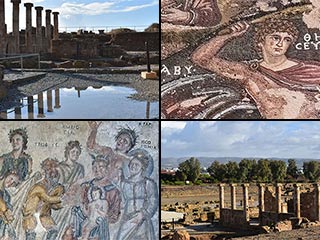
The Houses of Aion and Theseus
It's time now to start our detailled look at the Archaeological Park, so let's begin at the beginning. Once you enter the Archaeological Park, if you keep left, the first sites you will arrive at the The Houses of Theseus and Aion. Let's take a look at their mosaics and other attractions...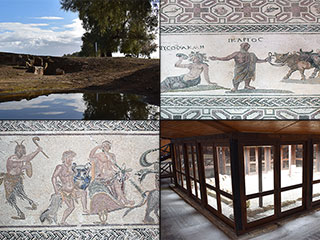
The House of Dionysos
The House of Dionysos is the jewel in the crown of Paphos Archaeological Park - a fine collection of well-preserved mosaics, conveniently located under one roof." When people refer to the mosaics in Paphos, they are usually talking about this place. So let's take a look.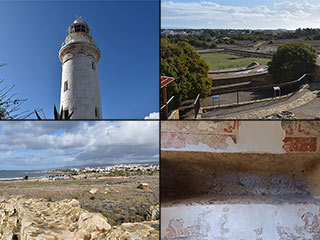
The Lighthouse and Beyond
The third blog on our Archaeological Park walkabout takes us from the Lighthouse, along the ancient city wall, to the far corners. The going is a bit trickier here, and not suitable for wheelchairs, but if you fancy a stroll it is well woth the walk...Good Pages To Visit
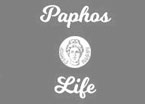
FB PagePaphos Life on Facebook
Like us on Facebook and stay notified of new blog posts.

FB PageOur Facebook Chat Group
Paphos Chat has been created for people who like our site and want to chat using Facebook. You can also easily upload photos of any size here. A lot of people are members of the Facebook chat group and the main forum. It's entirely up to you.
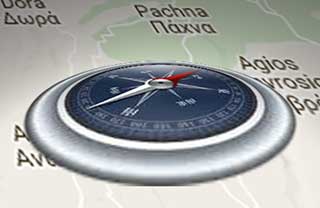
ListBlog Locations
Planning a day out? Then use our map of blog locations as a handy guide. Some of the places we visit our closer to each other than you might think, so take a look and start planning your next adventure...
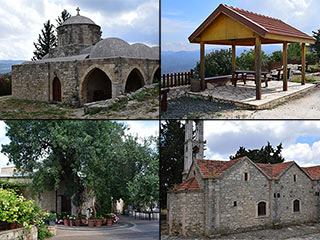
eBookCyprus Road Trip 01: the Kathikas - Panagia Loop
Let me take you on a journey around the region of Paphos, Cyprus. Starting at Paphos itself, we travel to Akoursos, then Kathikas, Kritou Terra and Simou. We continue past Lasa and Kannaviou, before taking in the delights of Panagia. Getting a bit more adventurous, we visit the abandoned villages of Statos and Agios Fotios, before passing through Choulou, Letymbou and Polemi, and rejoining the main Paphos - Polis road.
The route is suitable for all types of vehicle, and requires no off-roading. The guide contains about 130 photographs including shots of all the road signs you need to pay attention to, as well as some of the highlights you may experience along the way.
There are also several maps which will help you keep your bearings.
You can do this journey in a day, or you can break it up into chunks. You can also do it in reverse, to get some completely different views. It is entirely up to you.
